Sage is the gift chosen by me, to give to you during the “full moon” action day and the other promotions.
Sage comes from the Latin word “salvere,” which literally means “to save” or “to cure. Sage helps with many ailments (including typical women’s ailments). It is also an herb that is super tasty in food. In addition, sage contains a lot of spiritual power.
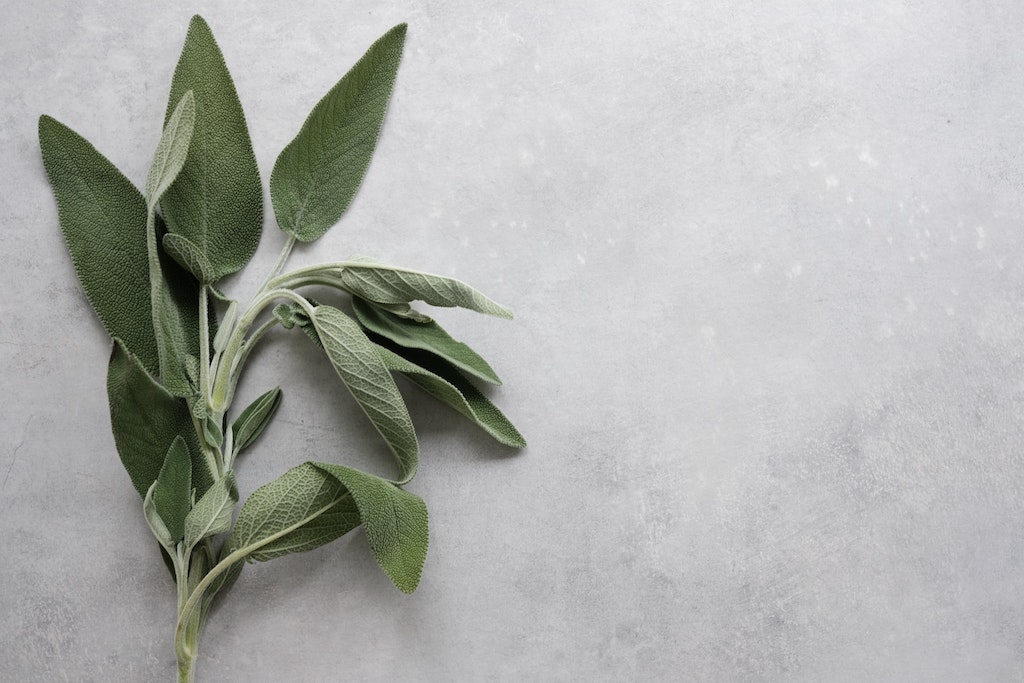
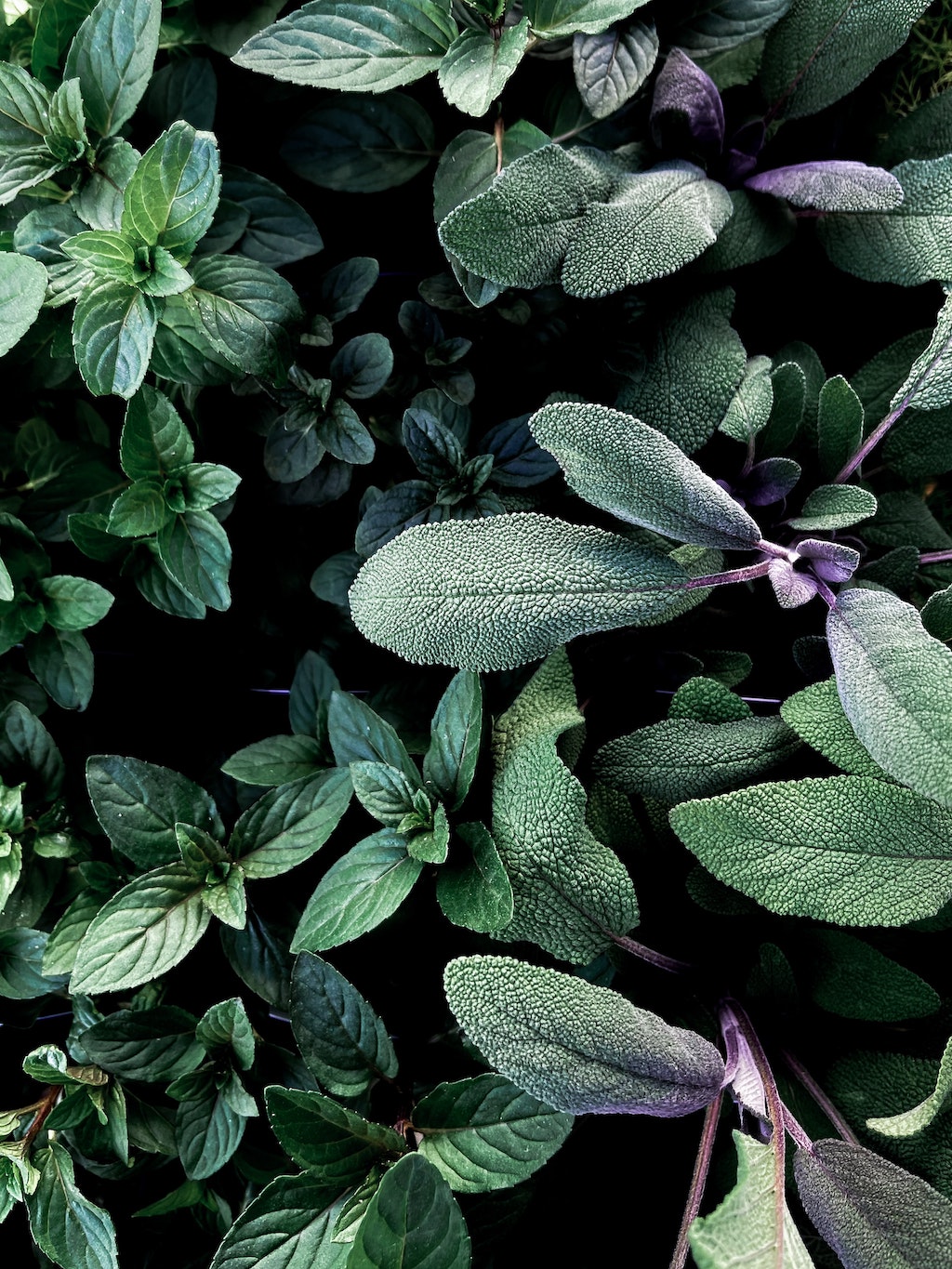
The sage plant
Sage is a perennial plant belonging to the lipflower family. Sage grows 40 to 80 cm tall and has thick, green-silver and strongly aromatic leaves. The leaf margin is finely serrated-toothed or almost flawless.
In the garden, sage is quite beautiful. It has pointed green-silver-like leaves and blooms with super beautiful long purple/red flowers.
It is a Mediterranean wonder plant that grows mainly in the south of Italy. You can also grow it in Belgium, the Netherlands and Switzerland, preferably in a sunny spot in your garden or on the terrace.
Sage can tolerate heat and sunlight very well. You may water the plant generously from time to time, but it is best not to leave it with its feet in the wet. The plant indicates itself when it is thirsty by letting its leaves hang down.
The plant is hardy and thus survives the winter.
There are 800 different types of sage, and the beautifully blooming varieties are not always the tastiest, medicinal or most spiritual.
So which is the ‘real’, ‘healing’ variety? That is the ‘Salvia Officinalis’ or ‘true sage’ in the vernacular. It is very tasty as a kitchen herb.
You can buy a sage plant, sow it or take cuttings.
Sage in recipes
As an herb, you can buy sage fresh in the supermarket or as a dried herb, ground in a jar. Both are suitable in recipes.
Sage is often used in cooking with meat and in combination with vegetables. It is quite a sharp herb and you don’t need to use much of it to give the typical flavor to your dish.
Sage with meat
Sage is very nice as a spice in combination with veal. One of the typical recipes here is Saltimbocca alla Romana. Where veal is combined with ham and sage. It is a Romanesque recipe from the region of Lazia and is very easy and quick to make.
The traditional recipe of saltimbocca alla romana always uses veal, prosciutto, sage, white wine and butter for the sauce. Variations are encountered even in Italy, such as chicken or pork instead of beef, and other types of cured ham instead of prosciutto. Sometimes saltimbocca is rolled up and stuffed, or garnished with ingredients such as capers, artichokes or red onions.
The name “saltimbocca” comes from “saltare in bocca,” which means jump in the mouth – it’s so tasty it jumps in your mouth!
Sage with vegetables (hutsepot)
Sage is another herb not to be missed in Hutsepot, a Flemish vegetable stew combined with beef, mutton or pork. It is used in the broth along with thyme and bay leaves.
Sage makes the Hutsepot taste through and not bland or bland. Again, do not overdo the amount of sage in the stew because of its pungent flavor.
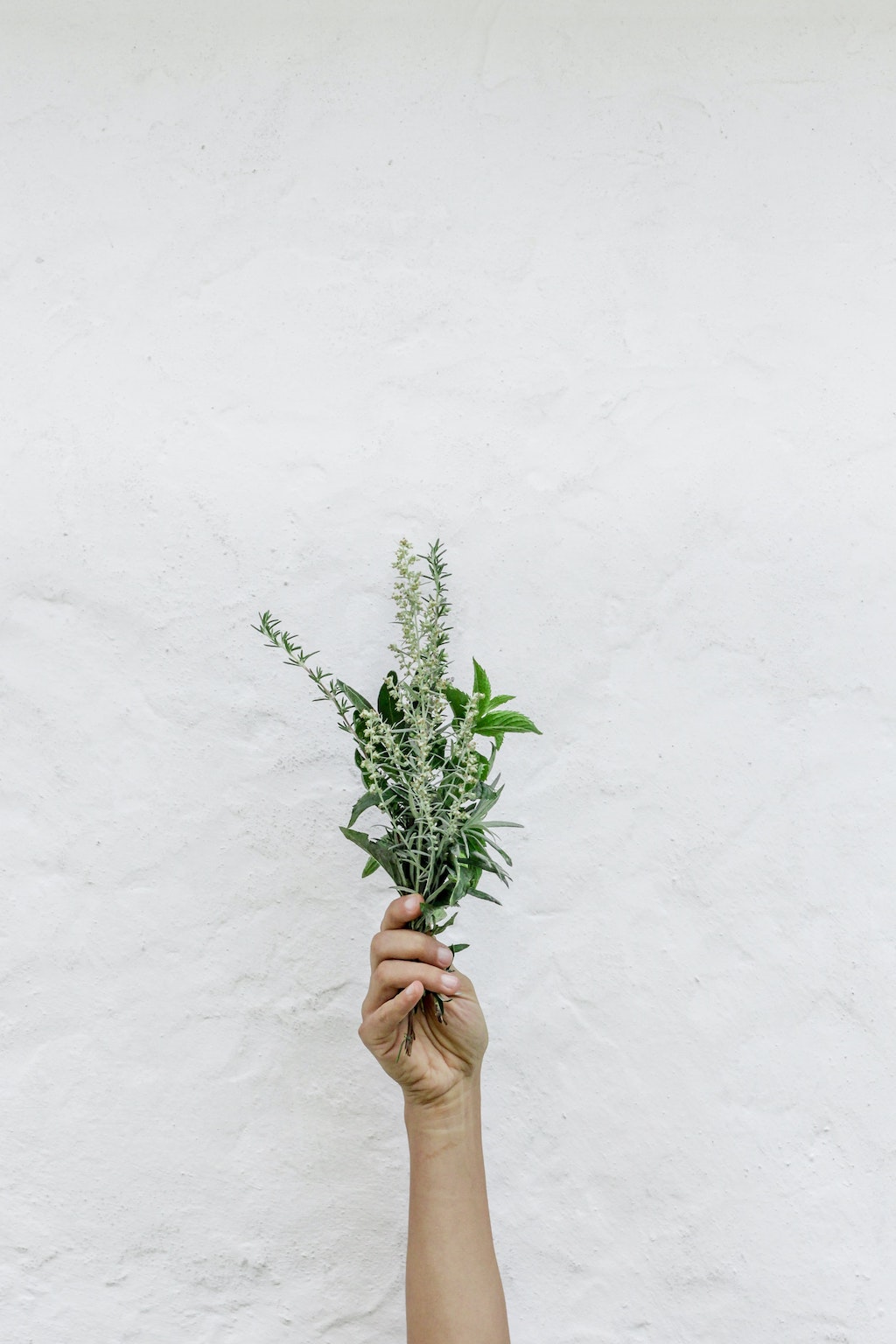

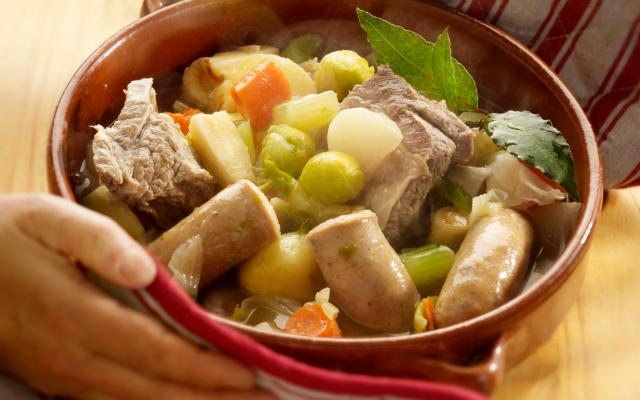
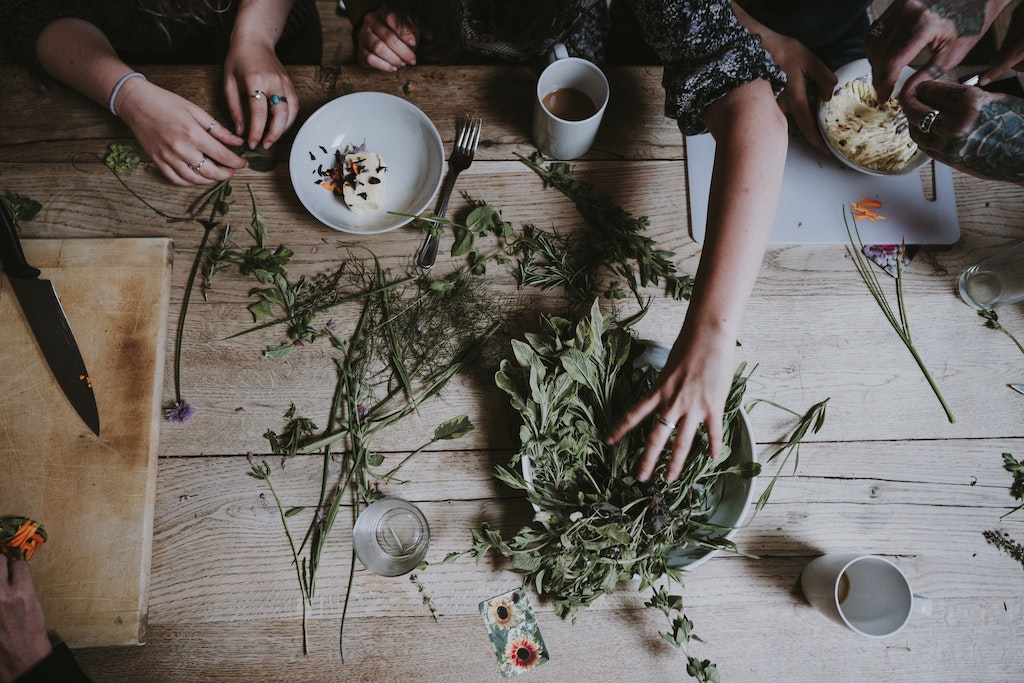

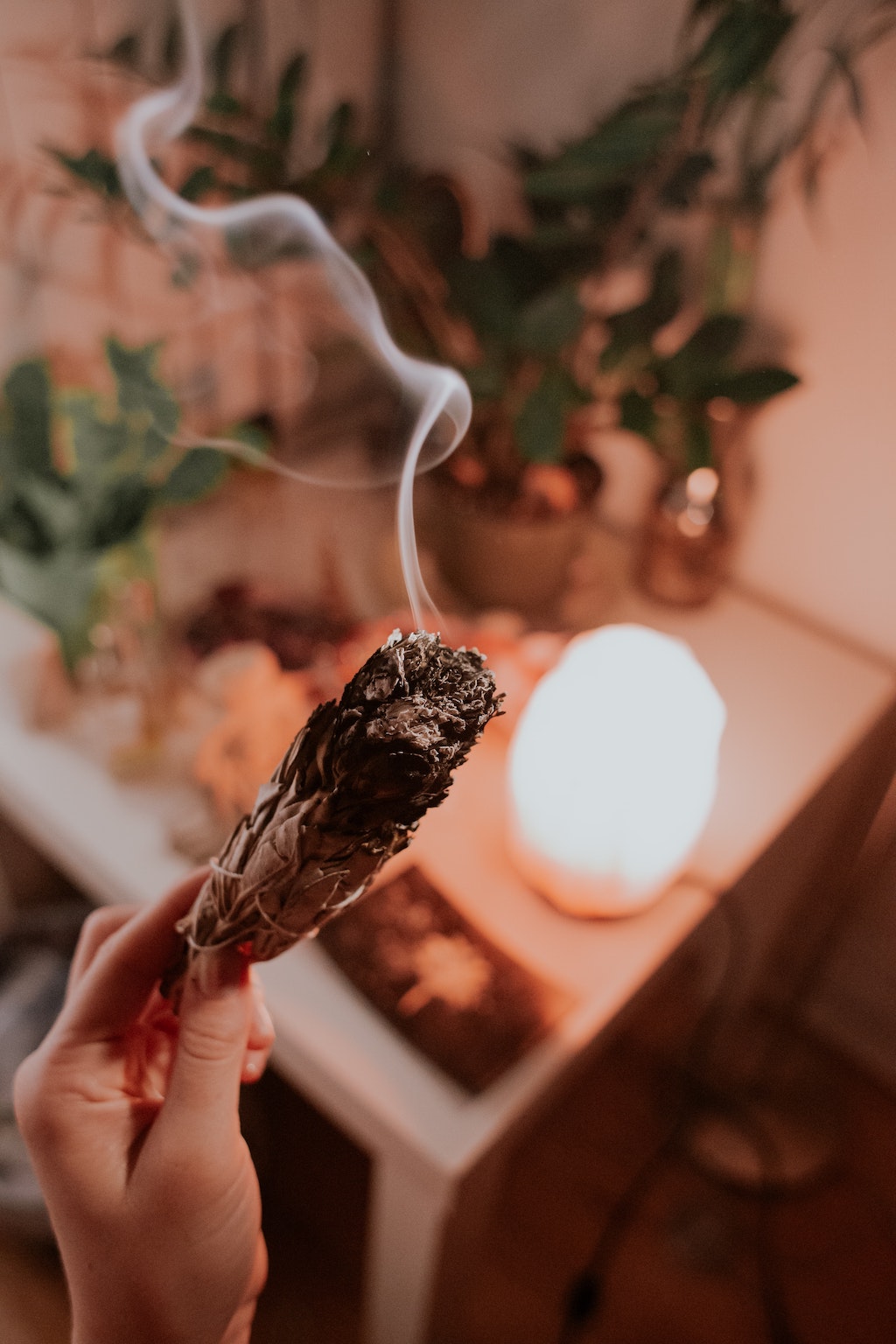
Sage as a healing plant
Sage is particularly suited to relieve painful menstruation. It also helps with fertility problems and menopause. This is because have leaves contain a substance that contains phytoestrogen. This substance resembles the female hormone estrogen and has a regulatory effect. Sage ensures that your hormones are balanced.
In addition, sage contains flavonoids and these provide good internal temperature regulation. Hot flashes during menopause are suppressed. Popularly known as vapeurs.
Another property of sage is an “antiseptic” and “anti-inflammatory” effect. Sage helps with sore throats, laryngitis and also asthma and coughs. The easiest way of administration is through tea of fresh or dried Sage. With this you can gargle or you can simply drink the tea.
Sage also contains vitamins and minerals, such as vitamins A and C and the minerals calcium and iron.
Finally, sage is also a strong antioxidant. In fact, there is rosemary acid is sage. Antioxidants keep your cells healthy and your DNA/RNA from being damaged. You are less likely to develop diseases of affluence, such as cancer, dementia, Alzheimer’s and schizophrenia.
Sage for a healthy mind
Sage also has a calming and soothing effect. In the past, it was often boiled in milk and drunk at bedtime.
Nowadays, we make tea from sage or burn it as a bussel, so that the smoke fills the room and a calming and soothing effect is achieved through the fragrance.
Sage as a spiritually cleansing plant
Many beneficial effects have been attributed to white sage for centuries. The herb is used by many cultures for its cleansing effect.
Sage dispels negative energy to make way for the positive.
Native Americans were known to use sage during cleansing rituals. The word “smudging” originates from these customs.
During such a “smudge” ritual, a room, person, animal or object is cleansed by spreading the smoking sage in a certain pattern over the house, individual or object with the burning sage stick.
Be sure to open windows after smudging so the negativity can leave the house.
Effect on your psyche
Smudging also has an effect on your spiritual abilities. You will have stronger dreams, visions will be clearer and it will help you make clear decisions that will have a positive impact on your life.
Safety when ‘smudging’
Always keep safety in mind during a cleanse. When smudging, use 1 or 2 fireproof dishes together and never leave the smoldering sage alone. Also, always make sure you have a fire extinguisher or a fire-extinguishing sheet nearby.

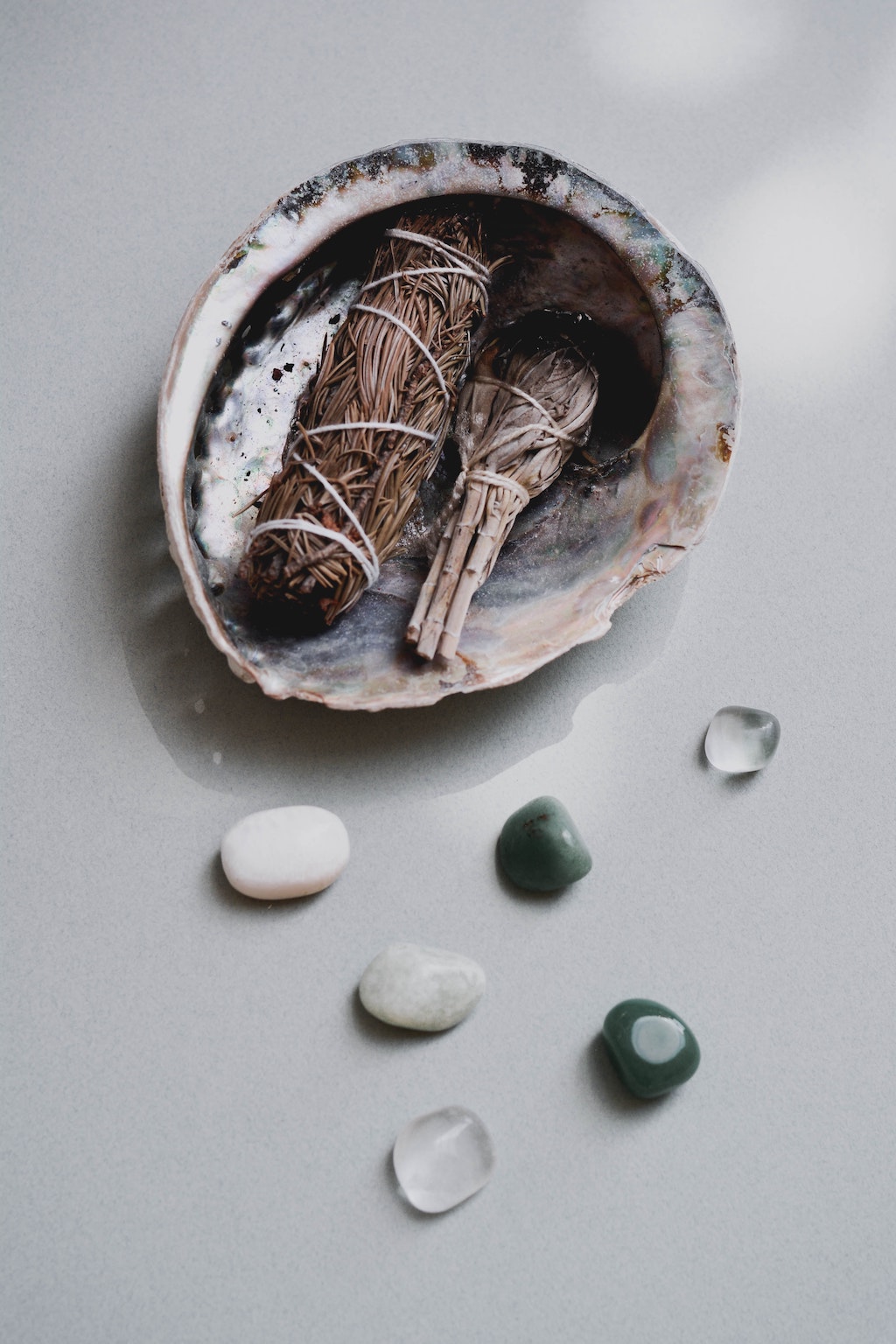
Sage as a protective plant
Sage in the garden, by the window or near the front or back door keeps out negativity, bad influences, the influence of negative people and even evil spirits.
In the spiritual world, a sage plant in the garden provides protection from negativity coming at you or being sent towards you. It will protect yourself, your home and your family.

How to make sage tea.
You can buy sage tea simply in sachets in organic/organic stores. You can also buy dried sage and make tea from it or you can put fresh sage leaves in hot water to make tea.
But be careful. Do not drink too much sage tea as it is very strong.
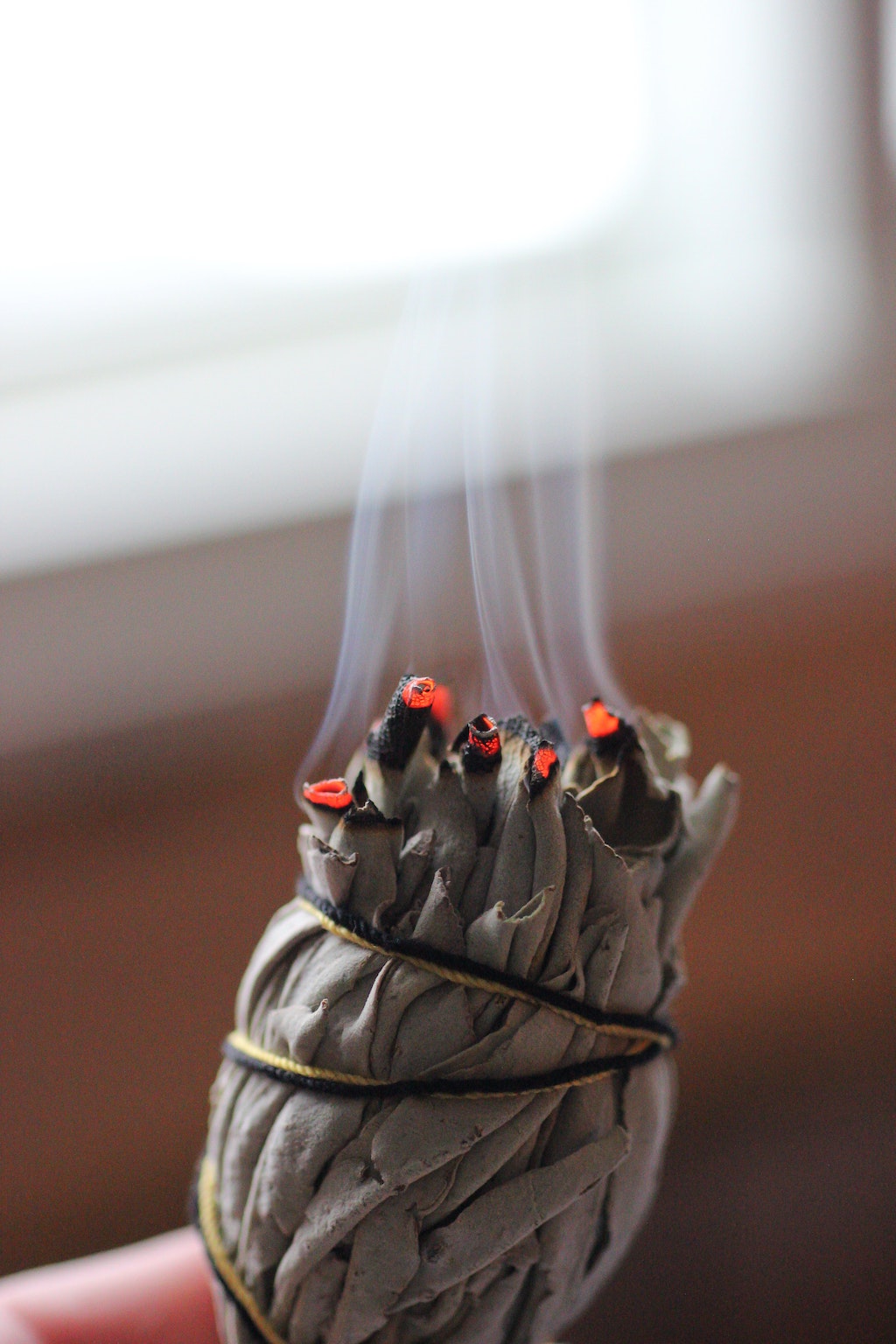
How to burn or “smudge” sage?
Sage for burning is bought loose or in a bundle. You light one end of the bundle and leave it in the flame for a while. Then you blow it out and let the sage smolder. The sage will give off a strong fragrant smoke.
Be careful, the sage can get very hot and crack a stone plate. Or sometimes the plate gets so hot that you might drop it. It can also smolder around and then there is a danger of fire.
The safest thing to do is to put 2 fireproof bowls together. These can withstand the heat and the outer bowl doesn’t get so hot, so you can keep holding it and so there won’t be burn marks on furniture if you were to put it down.
Sage as a gift with my promotions
Happy to give to you I gift a bundle of sage with a promotion sessions. Because I know it will have a positive impact on your life and help you for your physical and mental health and in your spirituality.

